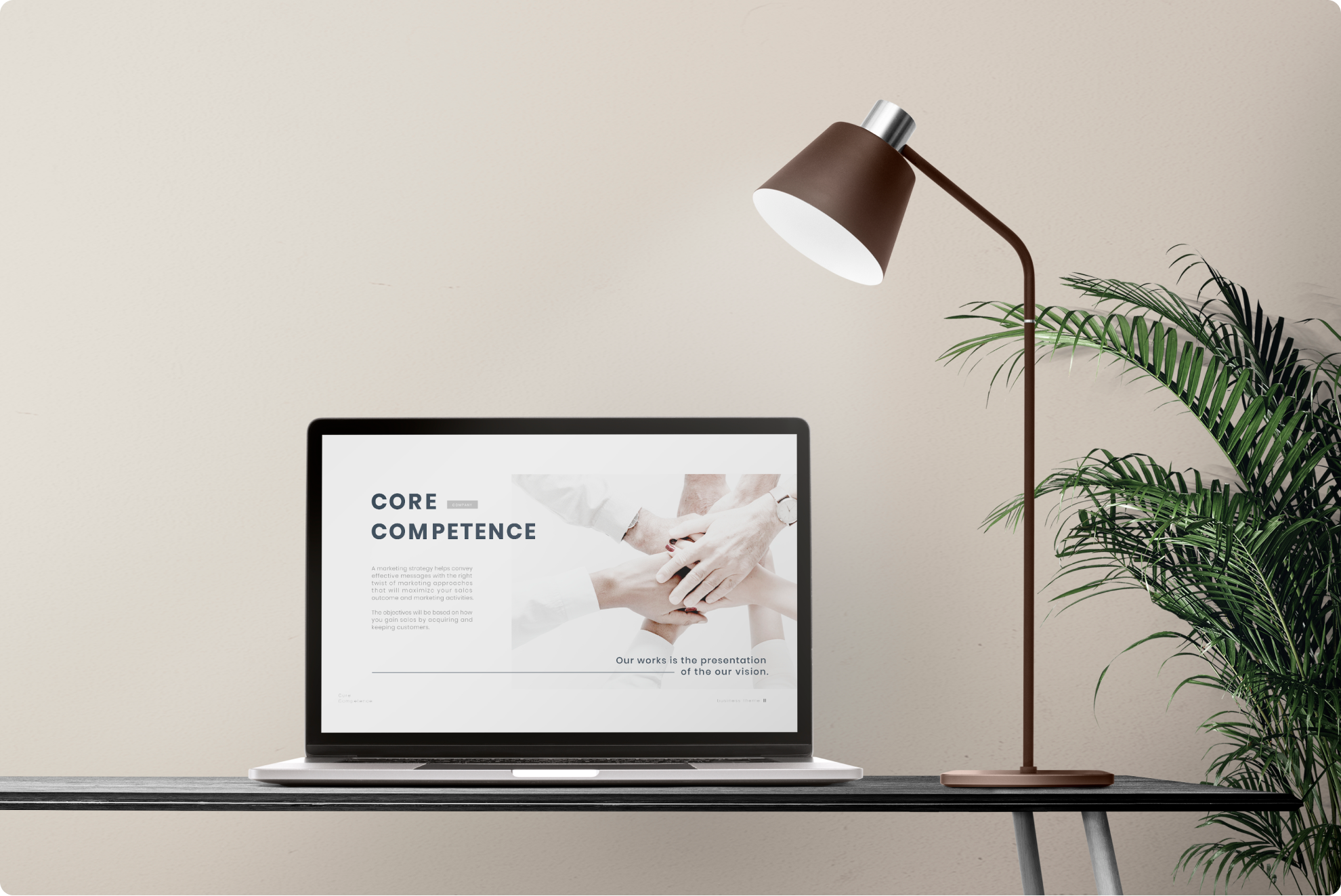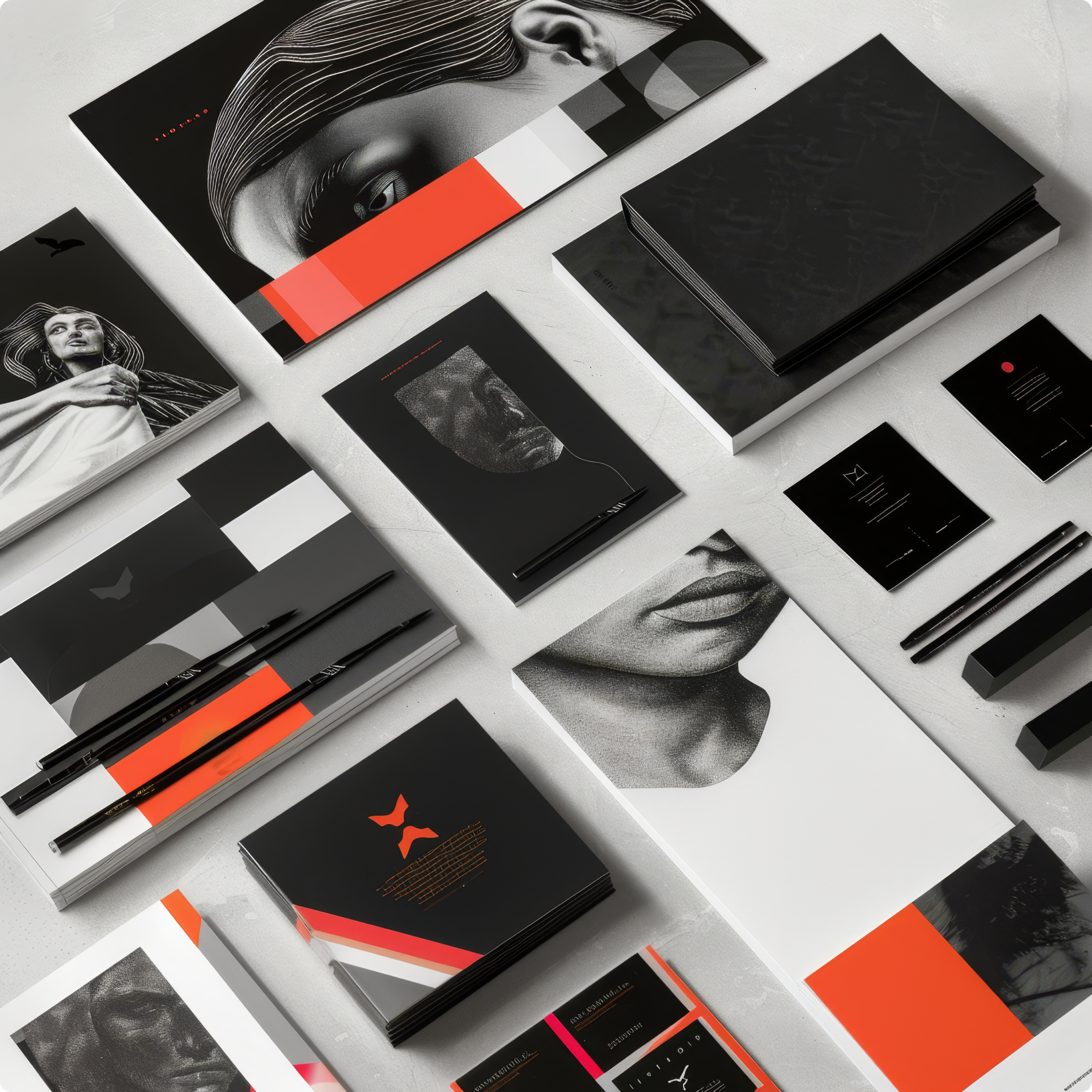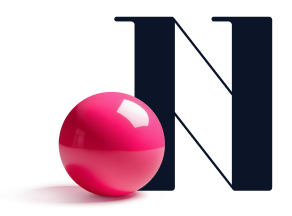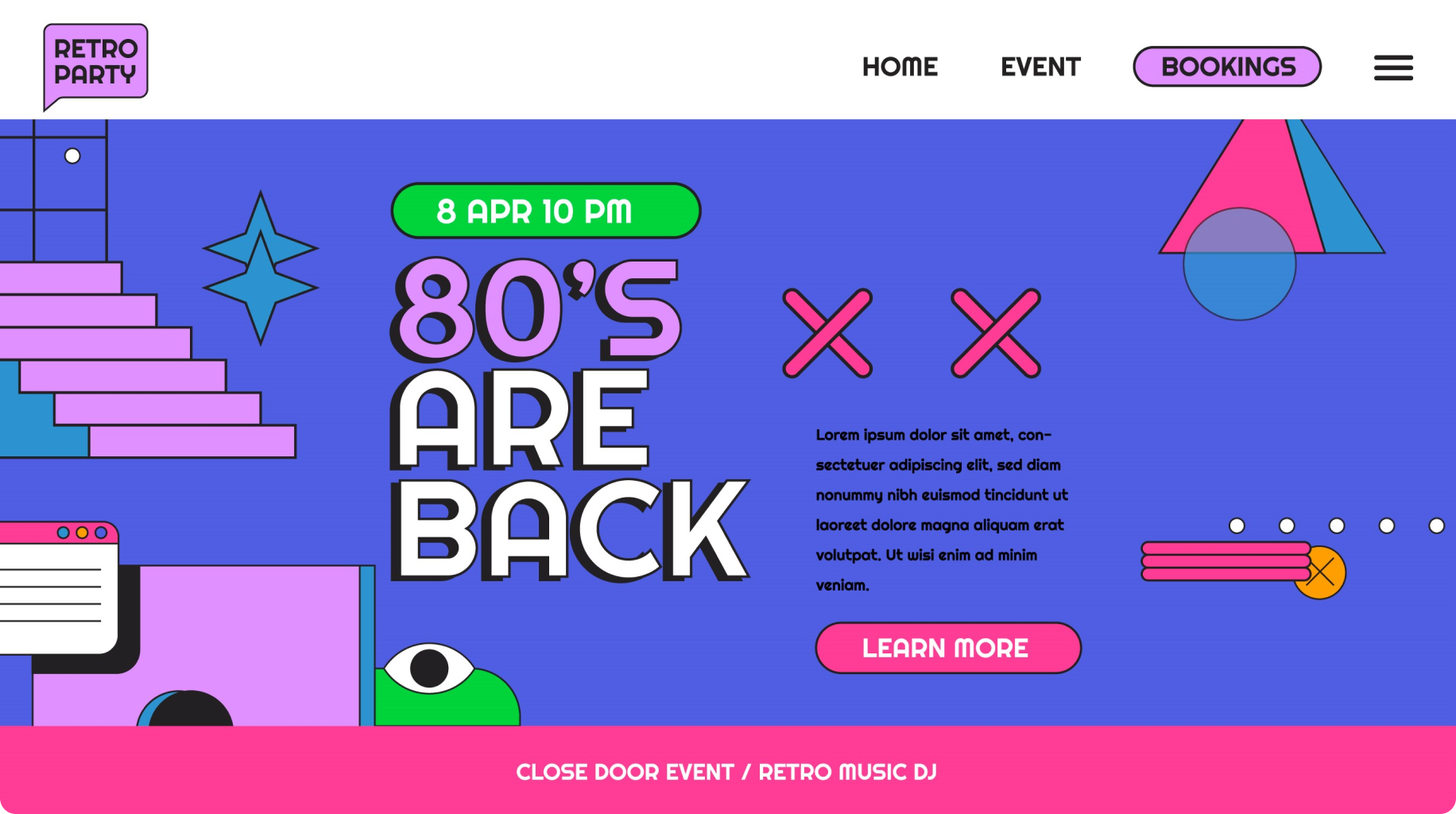
In 2024, website design continues to evolve rapidly, reflecting both technological innovations and changing user expectations. Staying abreast of and adapting to the latest trends is crucial for both businesses and designers aiming to create engaging and effective digital experiences.
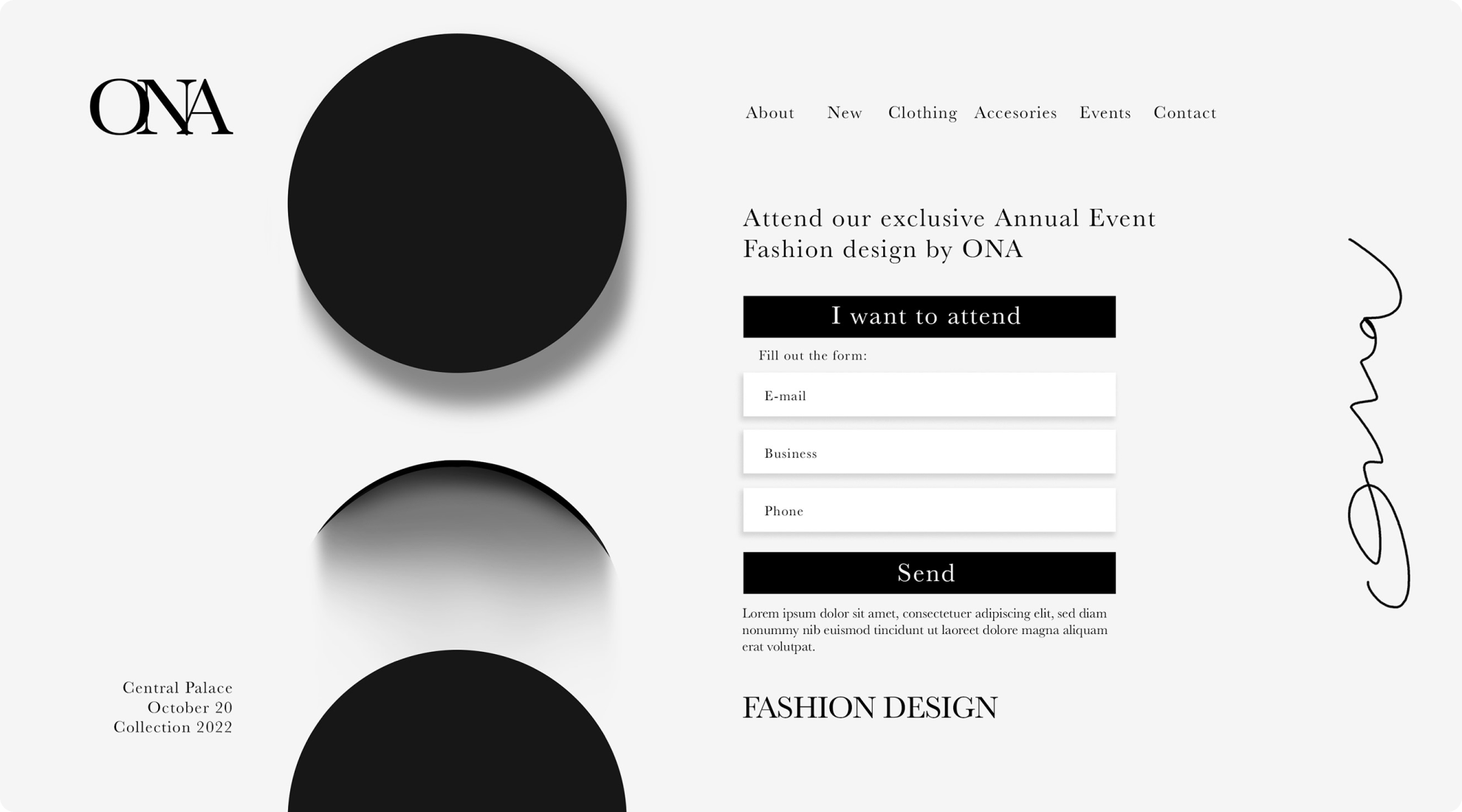
Minimalism and functionality: more with less
Minimalism will remain a key design principle. According to Awwwards, websites that focus on simplicity, easy navigation, and functionality are already receiving higher recognition. This approach means fewer visual elements and more emphasis on user experience (UX), ensuring quick website load times. Google states that each additional second required for a website to load can reduce conversions by up to 20%. Therefore, the success of e-projects in the near future will depend not only on aesthetic appeal but also on functional design.
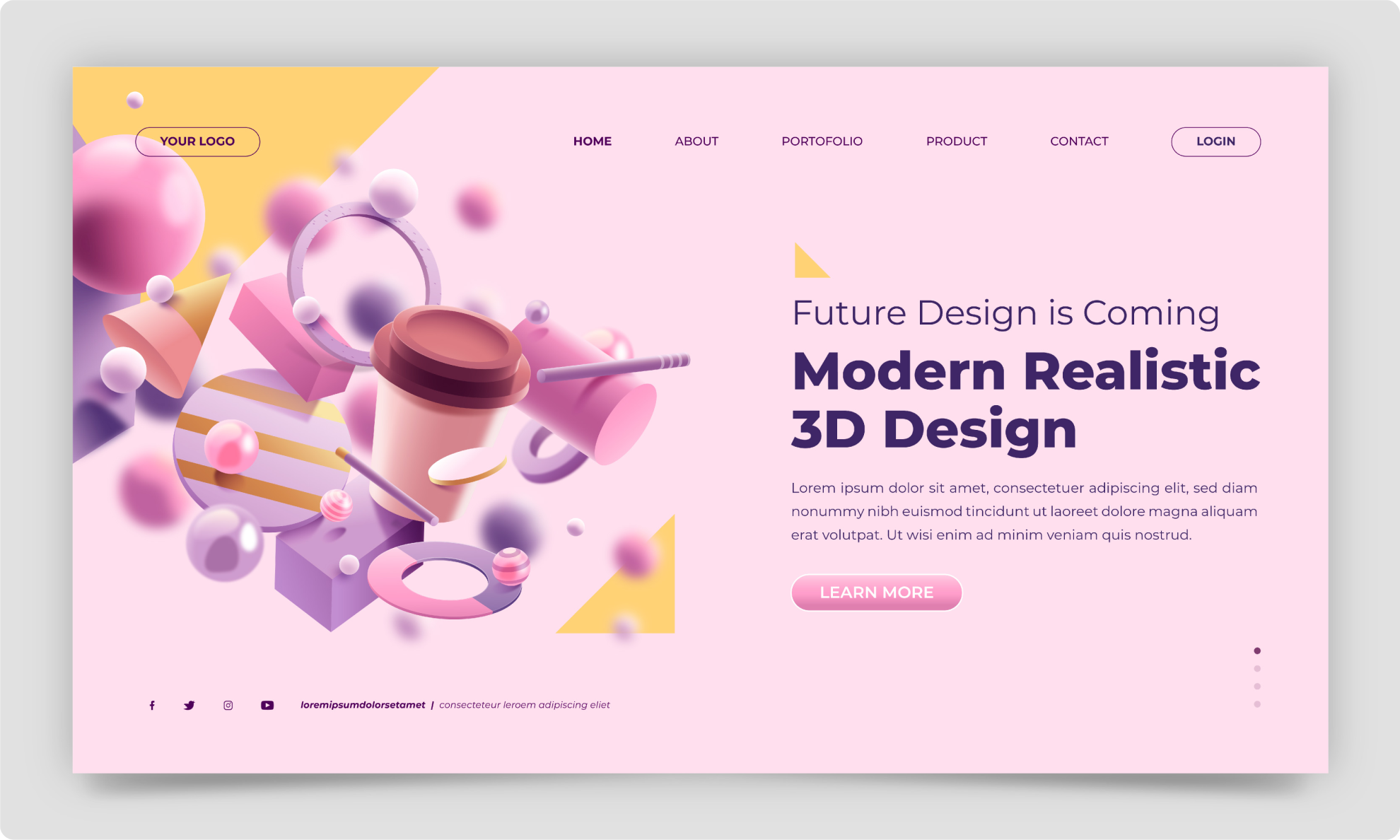
Immersive 3D experiences
One of the most prominent trends in 2024 is the use of 3D technology on websites. This trend aims to create memorable and interactive environments that captivate users from their very first visit. Brands like IKEA and Puma are leveraging 3D technology to allow users to virtually explore products, thereby enhancing user engagement and gaining a competitive edge over traditional static websites. This shift to 3D not only increases visual appeal but also strengthens user interaction with the content.
Retro and nostalgic design
While 3D and artificial intelligence push web design into the future, the popularity of retro and nostalgic designs is also on the rise. This trend blends innovation with the past, drawing inspiration from the early 2000s or even the 1990s to create websites that evoke nostalgia while maintaining modern features. This approach ensures that websites remain diverse, offering a contrast to the increasingly popular AI-driven sites.
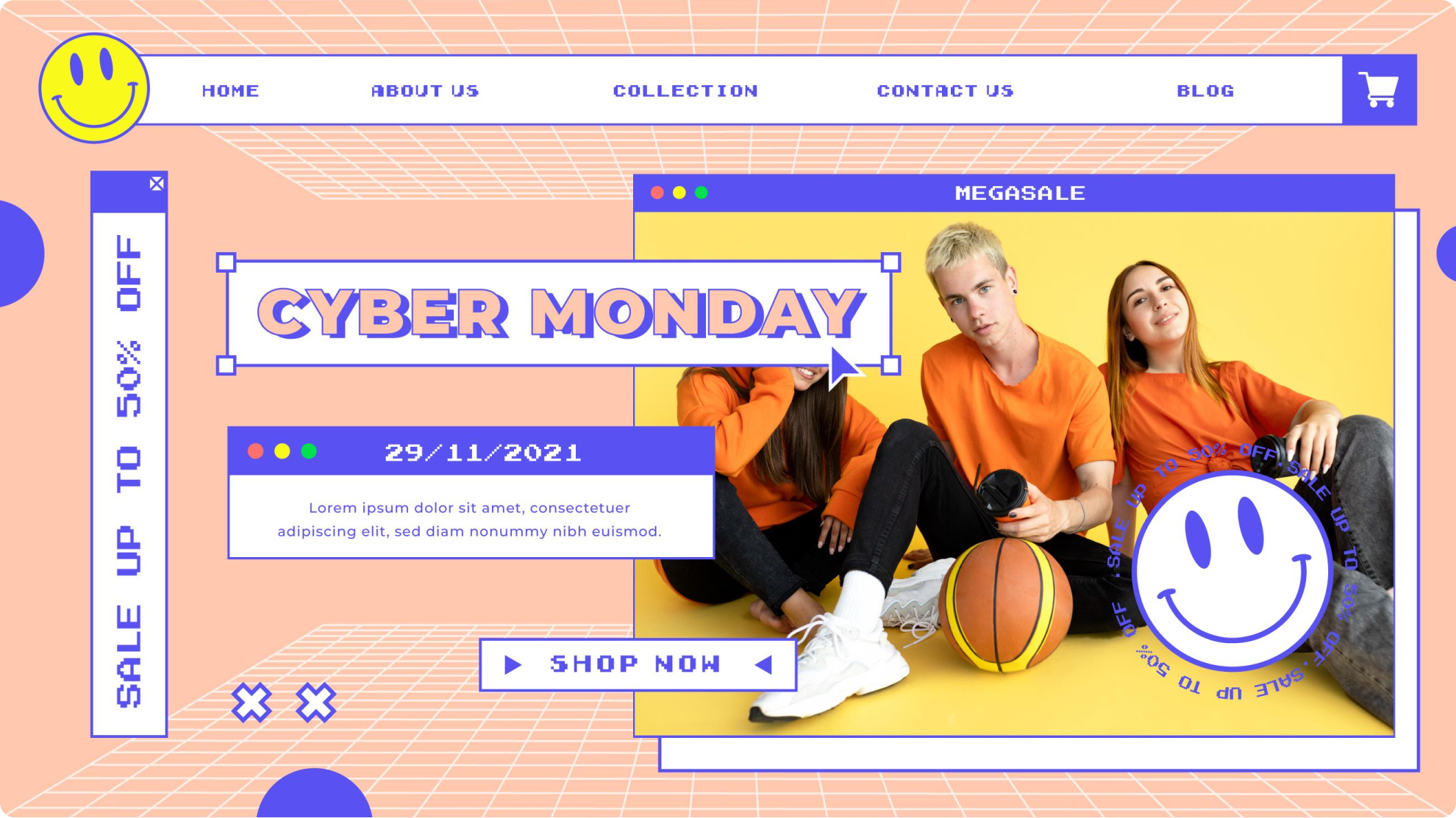
Dynamic Content Layouts
In 2024, we are seeing a shift from traditional, rigid website layouts towards more dynamic and experimental design approaches. Instead of conventional columns and grids, content is increasingly spread across the entire page, creating a more fluid and sometimes asymmetrical composition. Grid lines, once seen as a technical design element, are now emerging as bold and stylish features, giving websites a modern and organized appearance. These solutions not only enhance navigation but also add uniqueness to websites.
AI-Powered Accessibility
Accessibility remains a crucial aspect of website design, with artificial intelligence playing an increasingly significant role. In 2024, AI-powered tools enable websites to become more accessible to individuals with disabilities by optimizing user interfaces according to individual needs. This trend is particularly important as it ensures that all users, regardless of their abilities, can easily navigate and interact with websites. The integration of AI in accessibility is set to grow, making the web more inclusive for everyone.
Interactive Elements and Cursor Animations
Interactivity remains a core component of modern web design, with an increasing number of websites incorporating interactive elements to capture users' attention. From hover effects to scroll-triggered animations, these elements transform browsing into an engaging activity rather than a passive experience. Cursor animations are also gaining popularity, enhancing engagement by making every movement on the page feel dynamic and interactive.
In 2024, web design continues to evolve, aiming to create experiences that are not only visually appealing but also interactive and accessible. Whether through 3D environments, nostalgic designs, dynamic layouts, or AI-powered accessibility solutions, these trends strive to enhance user engagement and make websites more memorable. For businesses and designers looking to craft contemporary digital experiences, it is crucial to stay updated on these trends and incorporate them into their websites.


